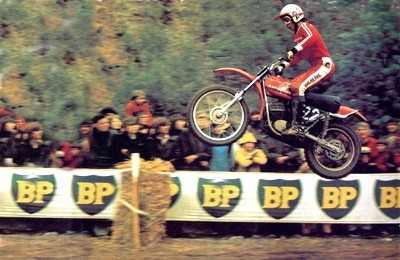enginesrus
Mechanical
- Aug 30, 2003
- 1,016
And think of the old hit n miss engines of the past, with oil cups, oil pressure was at a low ebb in those days.
Follow along with the video below to see how to install our site as a web app on your home screen.
Note: This feature may not be available in some browsers.
CWB1 said:run at zero pressure but with a large volume of flow

